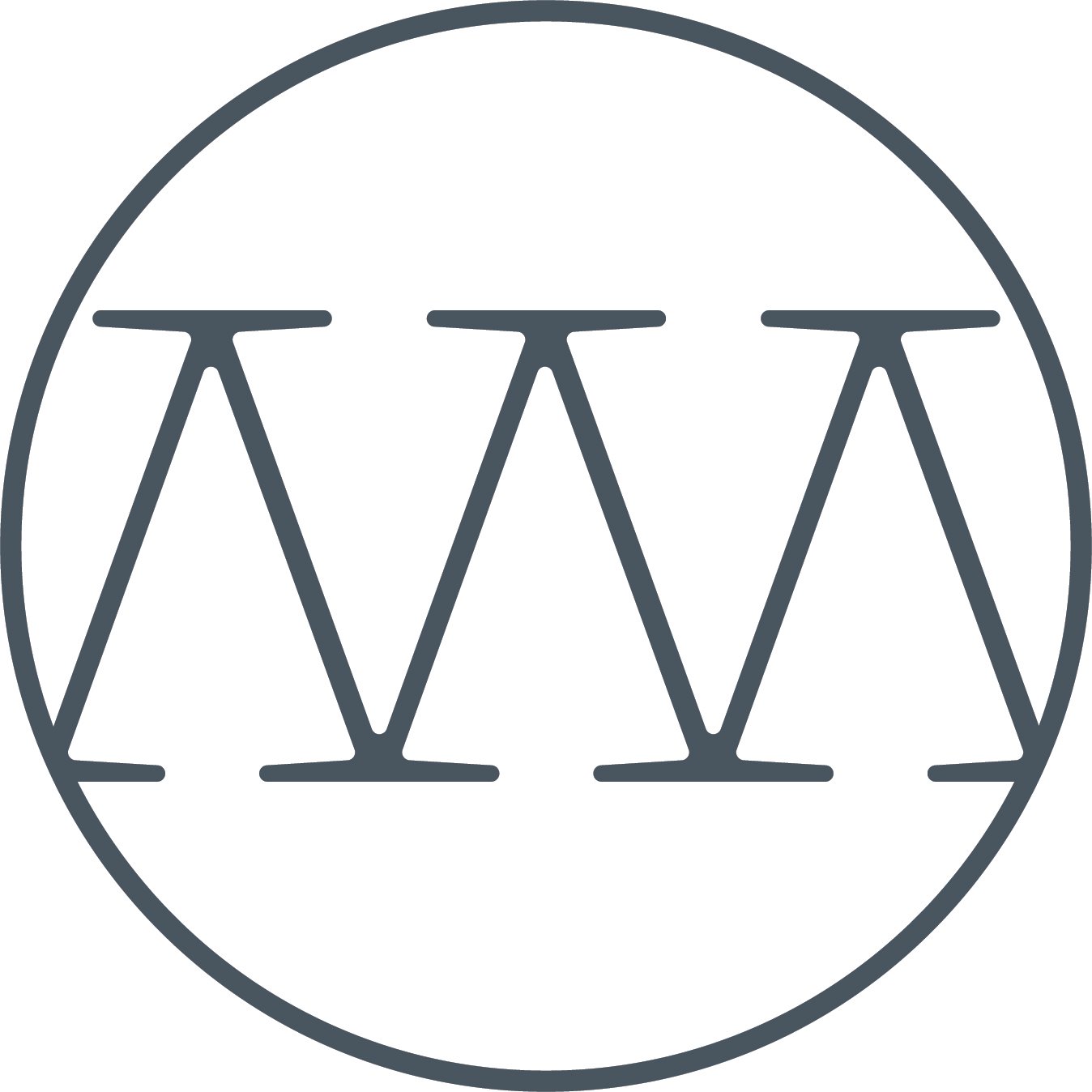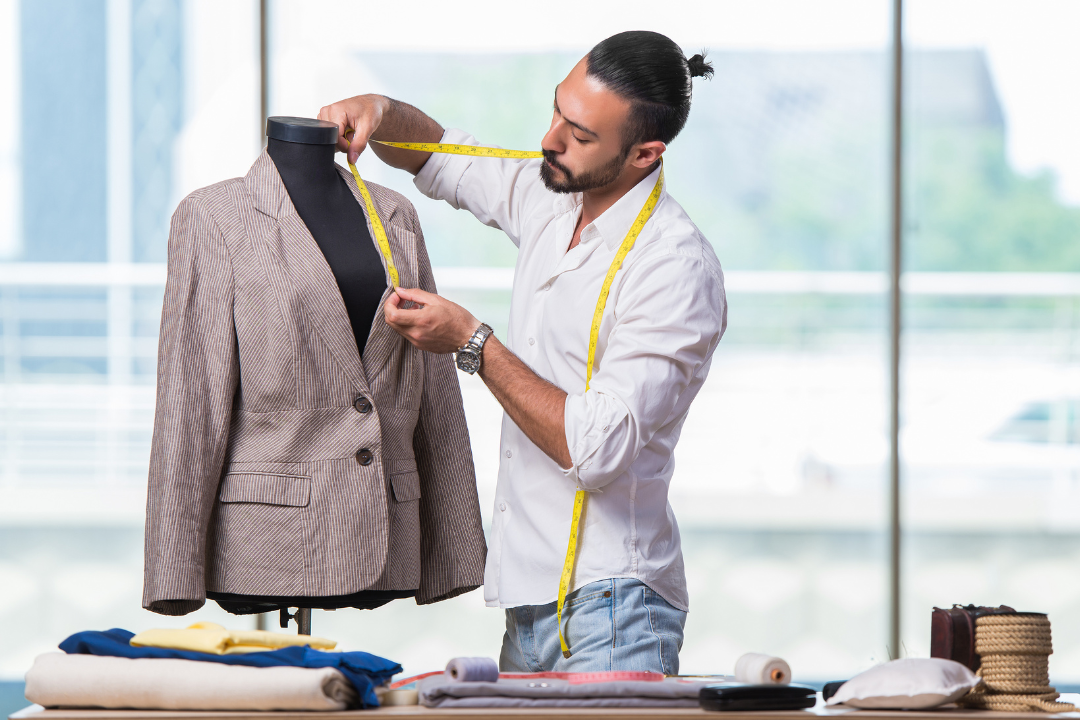How to Break into the Sewn Product Industry: Useful Tips for First-Time Entrepreneurs
Starting your own sewn product line can feel like standing at the edge of a big, exciting world with endless creative possibilities and just as many unknowns. Whether you're dreaming of launching your own clothing line, creating a unique bag, or innovating in the home goods space, the sewn product industry is filled with opportunities for makers who start smart.
But breaking into the industry isn't just about inspiration; it's about asking the right questions, understanding your market, and taking practical steps toward production. If you're new to product design and development, this article will help you build confidence, avoid common mistakes, and launch your sewn product business with purpose.
Tip #1: Understand Your Market and Target Audience
Before you put a single stitch in fabric, you need to understand who you're designing for. Many first-time designers make the mistake of creating what they want without researching what customers actually need or want.
You can start by studying your market and competition:
What products already exist?
What are customers saying in reviews, what's missing?
Who are your competitors, and how do they price their goods?
Determine who your ideal customer is and then identify their lifestyle, preferences, and problems. Is your product stylish but functional for busy parents? Is it luxury-focused? Budget-conscious? Your pricing, materials, and production choices should reflect these answers. When you have this information from the start, you'll have an easier time communicating your vision and marketing your product to potential buyers.
Tip #2: Ask These Questions About Your Concept
Designing a product starts long before you open a sketchbook. It begins with understanding the purpose of your product and how it will be used.
Start by asking yourself:
What is the purpose of this product? (How will it be used?)
What materials are best? (Think about texture, durability, and washability.)
What are the right methods of construction? (Zippers or buttons? Reinforced seams or minimal stitching?)
You don't need to have the answers right away, but you do need to consider the questions. Working with a professional product development consultant can help you iron out the details along the way.
Tip #3: Develop a Prototype and Test Your Design
It may feel tempting to jump from your design into small production, but that move is risky. What if there is a flaw in your design? What if the sewn product reveals a detail that needs adjustment, such as zipper placement or material selection? It's better to spot and fix these mistakes in a single prototype than to order five copies of the same mistake.
Creating a prototype lets you test your product for fit, usability, and function. It's a crucial stepping stone in moving from idea to reality while working out the kinks. To fully test your prototype, you can test it under real-life conditions, using it as it was intended. You can test it yourself and make notes while also having others test it to provide feedback.
Successful product development happens in stages. Taking the time to test, improve, and iterate before investing in a sample batch will save you money and frustration in the long run.
Tip #4: Search for the Right Manufacturer or Production Partner
Not all manufacturers are the same. Some only offer high-volume inventory orders, while others specialize in mid-volume. Some manufacturers have representatives who work closely with their clients, while others simply take your tech pack and fulfill your order.
It's important to know how manufacturing works because production can make or break your business. Finding the right partner, especially one that aligns with your scale and standards, is crucial. A good production partner will be transparent about timelines, pricing, and quality control.
Tip #5: Start Your Marketing Early
Designing the product is only half the battle. Building a brand and selling it is where your business takes flight. Many new designers make the mistake of starting their marketing efforts only once they've reached the manufacturing stage. The strategic move is to begin marketing at the prototype and sample stage.
When you start gathering customer feedback and input early in your process, you build yourself an engaged audience of fans even before your product is ready for purchase. You'll get honest insights on how to improve your product for your target customer and validate your ideas with pre-orders. Knowing customers are willing to buy before you manufacture boosts your revenue and your confidence.
Ready to Take the First Step Toward Product Creation?
Whether you're still sketching ideas or preparing your first prototype, you don't have to do it alone. At MADE Apparel Services, we help first-time designers bring their sewn product ideas to life with expert support at every stage. Contact us to get you fully set up to plan, prioritize, and launch with confidence.




